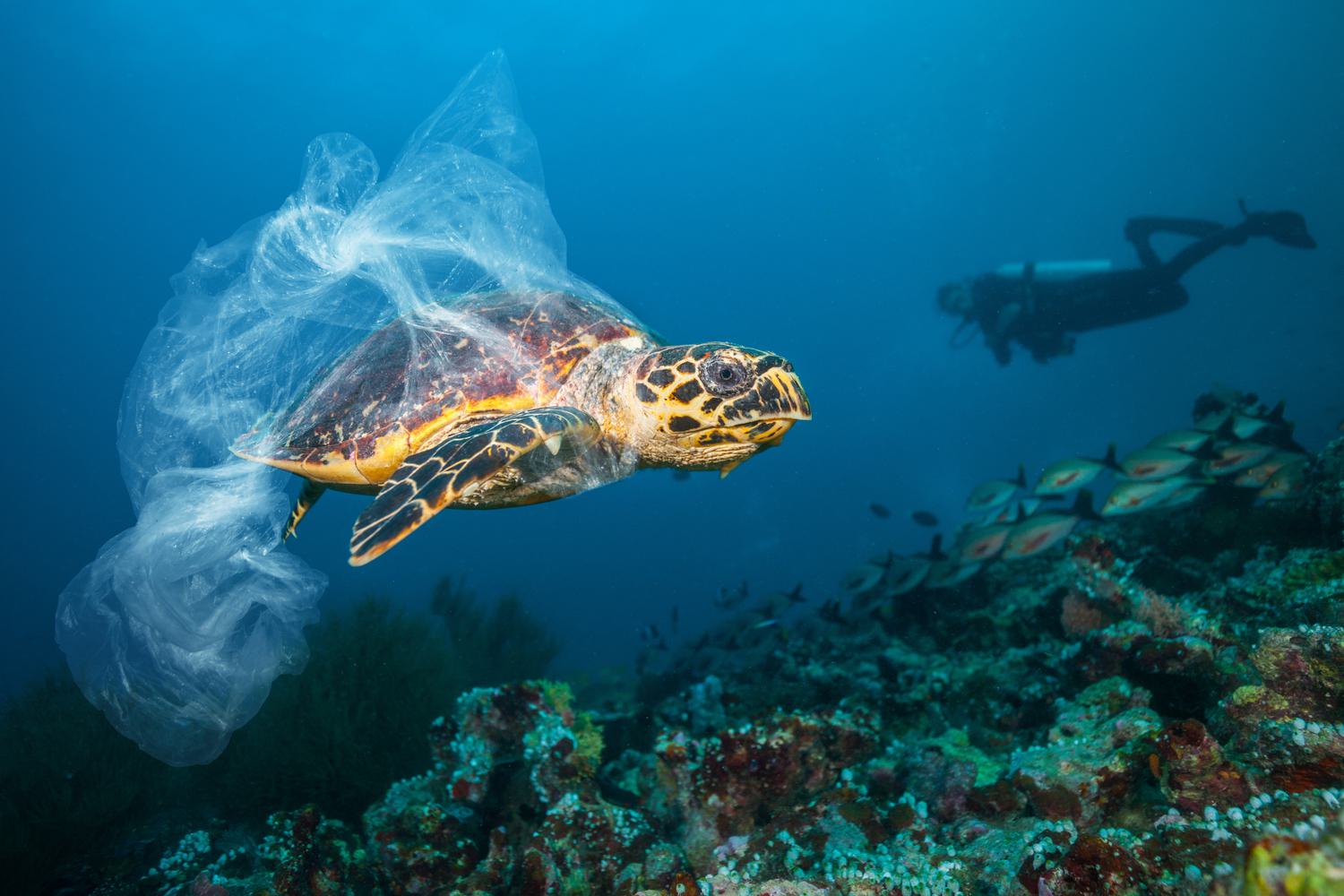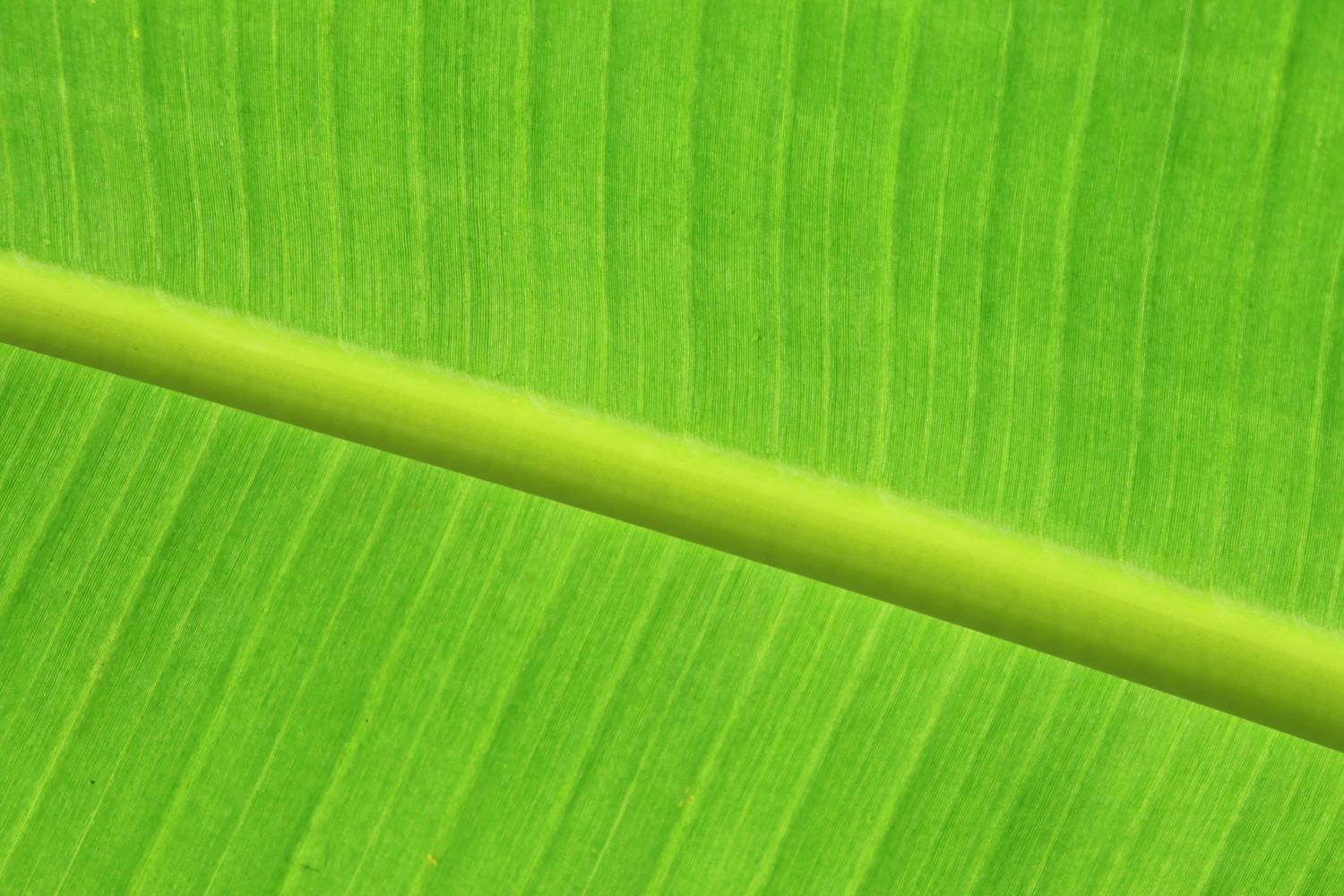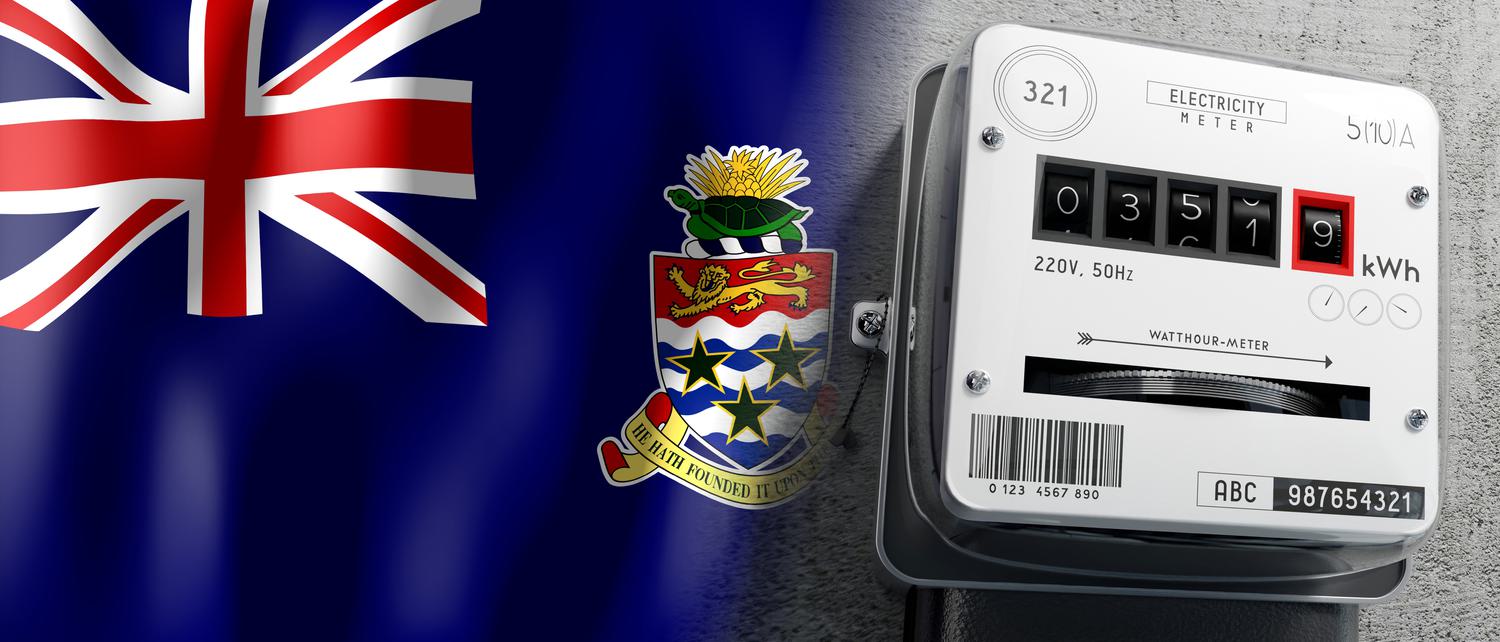In the face of rising concerns about Cayman's environment, many in the community are stepping up to do their part.
Here, you'll find our guide to Cayman's Green Scene, which outlines current environmental issues, the initiatives in place to combat them and how you can get involved.
Environmental issues facing Cayman
Stony Coral Tissue Loss Disease (SCTLD)
Caymanians and marine conservationists are focusing their attention on the rapidly-increasing outbreak of Stony Coral Tissue Loss Disease (STCLD). STCLD is a parasitic disease that has already affected over 20 species of Caribbean coral. It first emerged in 2014 in Florida, and was originally suspected to be a bacterial pathogen spreading through Cayman’s waterways. However, new research as of August 2021 has found that STCLD may not be caused by bacteria, but a viral disease called Zooxanthellae that releases infectious substances.
Although the disease has not yet made an appearance on corals in Little Cayman and Cayman Brac, SCTLD spread rapidly among Grand Cayman’s coral reefs throughout 2021 and, devastatingly, by November of the same year, SCTLD encompassed the entire of Grand Cayman's coast.
Researchers have so far been unable to determine the cause and method
of transmission of this coral disease and there is, unfortunately, no known cure for this disease.
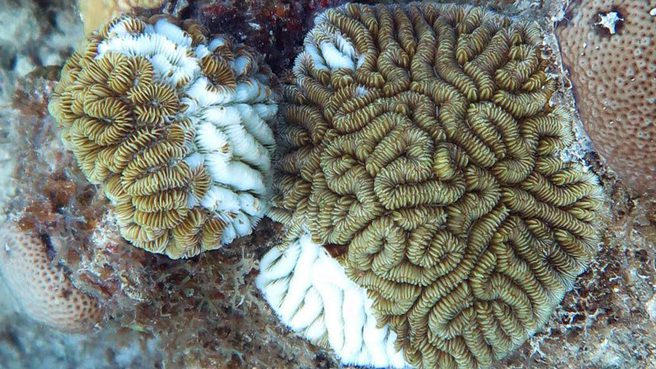
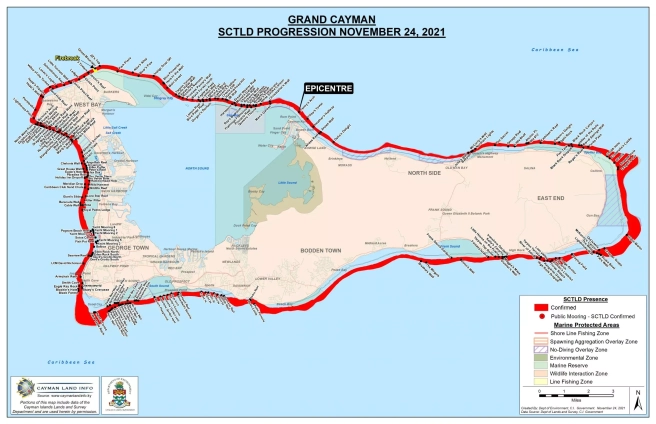
SCTLD Progression as of 24th November 2021.
Source: Cayman Islands Department of Environment
How can you help?
- Report it Report suspected signs of SCTLD. Send photos and your location to the SCTLD Caribbean Report, the AGRRA tracker or the Facebook page.
- Disinfect your dive gear Modes of transmission are much higher when divers are in the water, as bacteria and other microorganisms live inside divers’ gear, especially wetsuits and gloves. These pathogens spread from the gear into the water. Disinfect all equipment and boat bilge water for at least 10 minutes. Bilge water and non-sensitive dive gear such as weights belts etc., should be disinfected in a solution containing 1% bleach. Wetsuits, BCDs, masks and fins should be soaked in an ammonium based disinfectant and very sensitive equipment such as regulators, gauges, computers and cameras should be soaked in antibacterial dish soap. Remember, never dispose of your soaking solution in the sea or a body of water.
- Don't touch As above, pathogens can spread and the effect is even worse if divers touch the corals directly.
- Volunteer time The DOE are looking for people who are nitrox trained, have dive insurance (preferably DAN), have their own dive gear (with a minimum of 100 dives) and are available at least 2 days per week for training and SCTLD search. Email: Tammi.Warrender@gov.ky to volunteer to help with the project or to seek further information about SCTLD.
Preserving the Mangroves
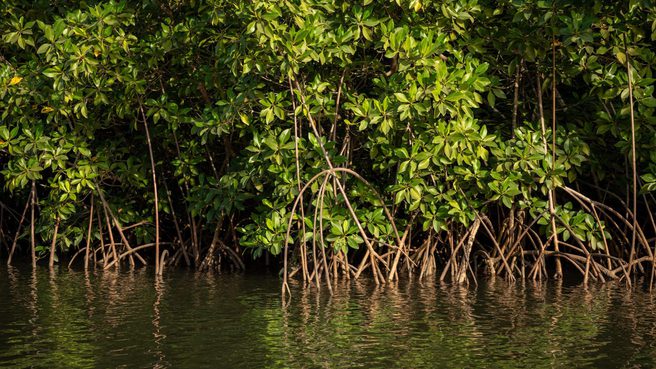
Section 17 of the National Conservation Act, 2013 requires the National Conservation Council to formulate and adopt a conservation plan for each protected species whose range includes the Islands. Priority is accorded to the development of Plans for threatened or endangered species that are at risk from development projects or other forms of economic activity, or that would otherwise be most likely to benefit from such plans.
Mangrove trees are often known to be the 'first line of defence' against natural disasters for coastal countries. Not only do they protect our coastline from flooding due to rising sea levels, but they also conserve carbon, maintain good water quality by filtering sediments, as well as provide biodiversity hotspots for crabs, sea turtles, birds, fish and many other species - some of which are endangered. As outlined in the National Conservation Act, section 17, the following mangrove species are considered as protected wherever they are naturally growing, or in cases where they have been restored: Red Mangrove (Rhizophora mangle), White Mangrove (Laguncularia racemosa), Black Mangrove (Avicennia germinans), Buttonwood (Conocarpus erectus).
Mangroves are arguably one of the most important ecosystems in the Cayman Islands, forming the framework of seasonally and largely flooded wetlands. Mangroves are what protect Cayman's coastline from significant environmental damage, erosion, as well as lowering the chance of us being affected by tidal floods.
How can you help?
The Mangrove Action Project is an international
non profit organisation that works with community groups and educators all
around the world to educate people on the importance of mangroves. They specialize in mangrove restoration and teacher training workshops.
For more information on how to get involved, whether you’re looking to implement their education program, access their educational resources, or contribute through donations, visit www.mangroveactionproject.org. They have an extensive online educational resource library with both international and Cayman Islands specific materials.
Click here to view the National Conservation Council's Species Conservation Plan for Mangroves.
Lionfish Culling
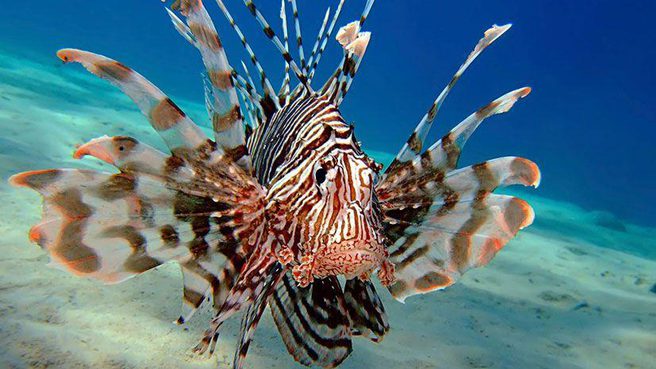
The National Conservation Act, 2013 – Section 6, (29): ‘A permit may be issued to a natural person or to a company whose services include the culling of lionfish’, where the four categories of permit are: an individual lionfish culling permit, an individual lionfish spear permit, a corporate employees’ lionfish spear permit and a corporate customers’ lionfish spear permit. If you are a granted a permit, the Council will require: ‘that all lionfish culled from Cayman waters be immediately killed and not returned to the waters.’
Lionfish began appearing off Cayman’s coast in 2008 as a foreign, invasive species. Once lionfish are introduced into an environment, it is near-impossible to eradicate them without strict efforts. For this reason the Cayman Islands has introduced culling – a control programme to reduce the lionfish population. Lionfish reproduce at unprecedented rates – females can release up to 30,000 eggs every four days. They are voracious predators that devour small, juvenile fish and crustaceans in large quantities and they compete with native species for space and food.
How can you help?
The Cayman Islands United Lionfish League (CULL) is an organisation that was formed to raise awareness for the need to cull lionfish to protect our precious reef fish. To learn more, see their Facebook page.
Learn more about the Lionfish University programme and which of Cayman's dive operators are involved.
A majority of on-Island dive operators offer lionfish culling courses. DiveTech offer a DoE Lionfish Culling course for CI$100. Learn more by visiting this page.
Ocean Frontiers also offers a Lionfish Hunter Certification, which you can sign up for here. Ambassador Divers also offer a PADI lionfish spearing/culling certification, as do numerous other dive operators on-Island.
Beach Littering
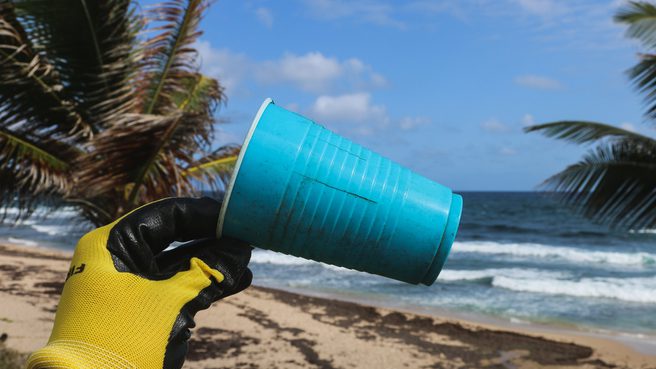
The Litter Act: (Section 2) – ‘litter’ is defined as: ‘anything whatsoever, including dust, dirt, oddments, leavings, waste paper, cigarette ends, bottles (whether empty or not) derelict vehicles and any dead animal or carrion;’ Section 3, (1): ‘Whoever throws down, drops or otherwise deposits and leaves any litter in, into or from a public place in such circumstances as to cause, contribute to or tend to lead to its defacement by such litter is guilty of an offense and liable on conviction to a fine of five hundred dollars or to imprisonment for six months.’
There is growing concern about the sheer volume of litter that lines the roads, sidewalks, green spaces, and worse still, our beautiful unspoilt areas such as Barker's.
Litter around construction sites is a particular problem. One local resident Rachel Osbourne, noticing the amount of litter and debris in the water around the FIN development site, expressed her concern to the developers who were quick to hire a local dive team to clean up the area. There were also, concerns about silt in the water following the removal of ironshore, which ultimately spread across several hundred feet, potentially devastating nearby reefs.
More widely, on any given day you will find roads and sidewalks littered with plastic bottles, styrofoam food containers, glass bottles and plastic bags.
How can you help?
If you notice a development or business where significant litter is accumulating, report it to management teams.
Take part in a beach clean up which are regularly organised by Plastic Free Cayman and posted on their website and Protect Our Feature which posts events on their Facebook page.
The Cayman Islands Chamber of Commerce also hosts an Earth Day Clean Up every year which attracts hundreds of volunteers. Check out their Facebook page to keep up to date with their annual and regular clean ups.
Finally, we can all do our part - don't litter and teach your children not to litter. Take a small plastic shopping bag with you when you go for a walk or go to the beach and pick up litter that you see. Just because you didn't drop it, doesn't mean you can't pick it up!
Sargassum on Cayman's Beaches
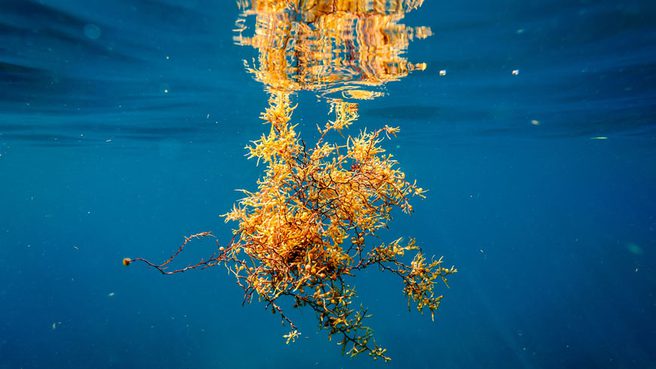
Pelagic sargassum is a brown alga, or seaweed that floats free in the ocean and never attaches to the ocean floor. These free-floating forms are only found in the Atlantic Ocean. Sargassum provides refuge for migratory species and essential habitat for some 120 species of fish and more than 120 species of invertebrates. It’s an important nursery habitat that provides shelter and food for endangered species such as sea turtles and for commercially important species of fish such as tuna.
Sargassum occurs naturally on beaches, albeit in smaller quantities compared to the ocean. It plays a role in beach nourishment and is an important element of shoreline stability. During decomposition there will inevitably be a smell and insects around. The experience in locations that have left the sargassum on the beach is that it will eventually get washed away or buried in the next storm, with rain easing the smell. Leaving sargassum on the beach has proven to be the simplest and lowest cost approach, also helping to nourish the beach and stabilise the shoreline.
How can you help?
It is always preferable to leave sargassum where it is, if possible. Where this is not possible or feasible, the guidelines below should be followed. Removal of sargassum by mechanical means cannot be undertaken without consultation with the DoE and issuance of a letter of approval, which will outline any conditions to be followed. In some instances it may be necessary for a member of DoE staff to be present to check for wildlife e.g. turtle nests, prior to any clearing;
Least intrusive practices are preferred – hand raking is preferable to machinery. Permission is not required from DoE for raking the beach. Extreme care should be taken during turtle nesting and hatching season, with peak activity spanning from May to November.
Removal of sargassum should be from and to agreed areas only, and equipment should use the same route on to and off the beach to prevent destroying beach vegetation or turtle nests.
Any attempts to clean Sargassum must be undertaken extremely carefully as its removal can have a very destabilizing effect on beaches and can result in worsening erosion through the removal of sand, particularly if machinery is used.
The Dump & Improper Disposal of Batteries
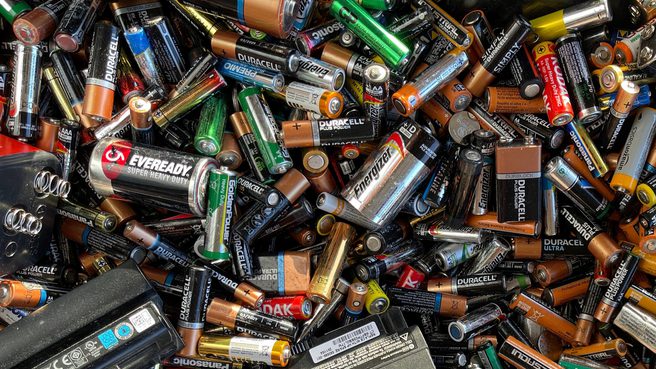
Another concern raised by the landfill, despite worries of the size of it, are increased fires started by the improper disposal of electronic waste, also known as ‘e-waste’. E-waste are technological materials such as mobile phones, wires and batteries, which are built in obsolescent ways, meaning they cannot often be properly recycled.
In January 2021, a fire broke out at the George Town landfill ignited by an old cell phone battery. Fires at the site are sadly a regular occurrence and in 2022 alone firefighters spent 170 hours fighting nine separate blazes.
Workers at the landfill have to remain constantly vigilant to prevent reignition of the waste. Read here for more on The George Town Landfill.
How can you help?
Batteries should not be disposed of as you do with other items. Instead of throwing them in the bin and mixing them with your other materials, such as paper and plastics, take lead acid batteries to a garage or any retailer that sells lead acid batteries. You can also use a battery recycling bin, which are located on Island in West Bay, George Town, Central George Town, Industrial Park, East End and more. For a list of detailed battery recycling bins, see this page.
See also Recycling Locations for details on where you can recycle other items.
Get Involved & How to Volunteerkeyboard_arrow_right
Learn more about the green communities in Cayman that you can get involved in.
Read More